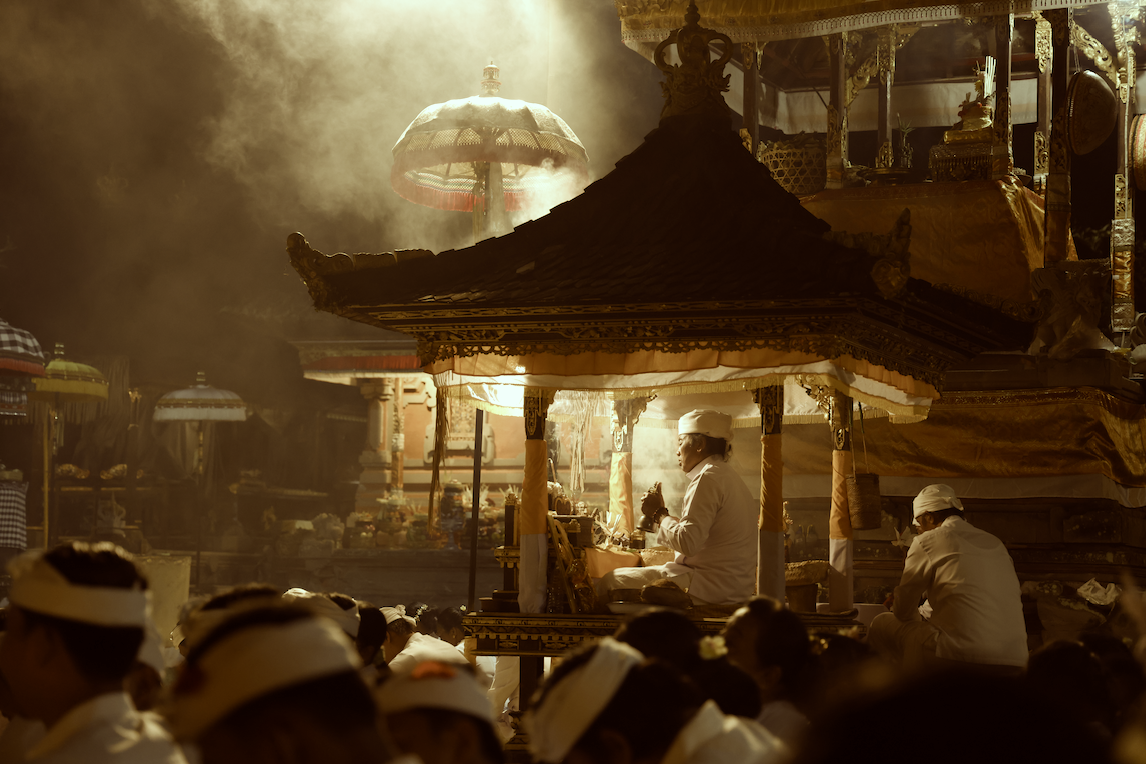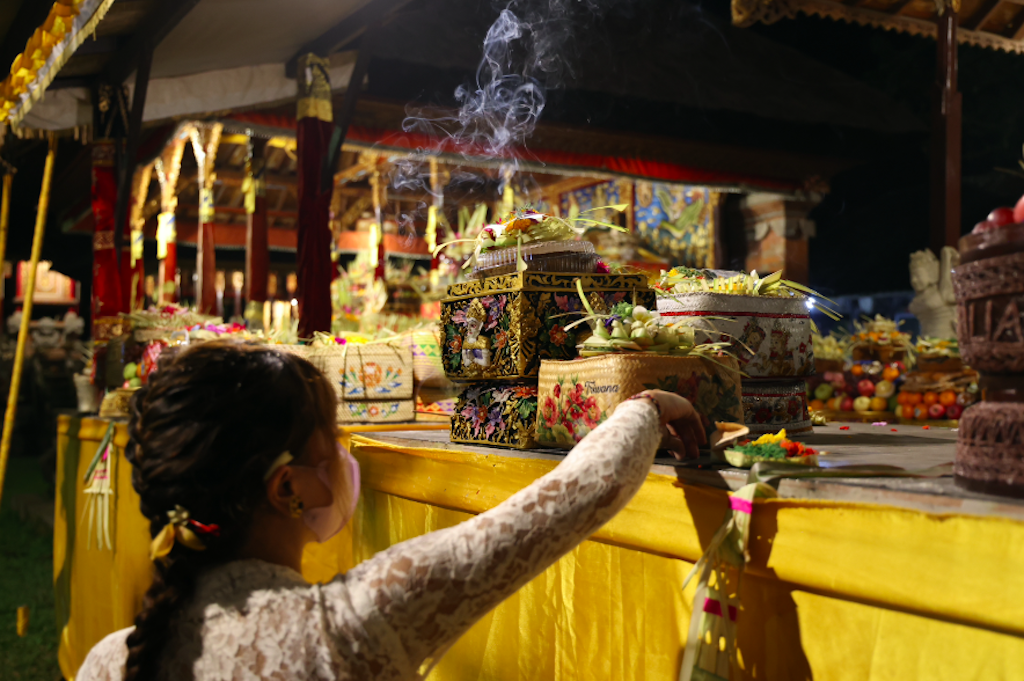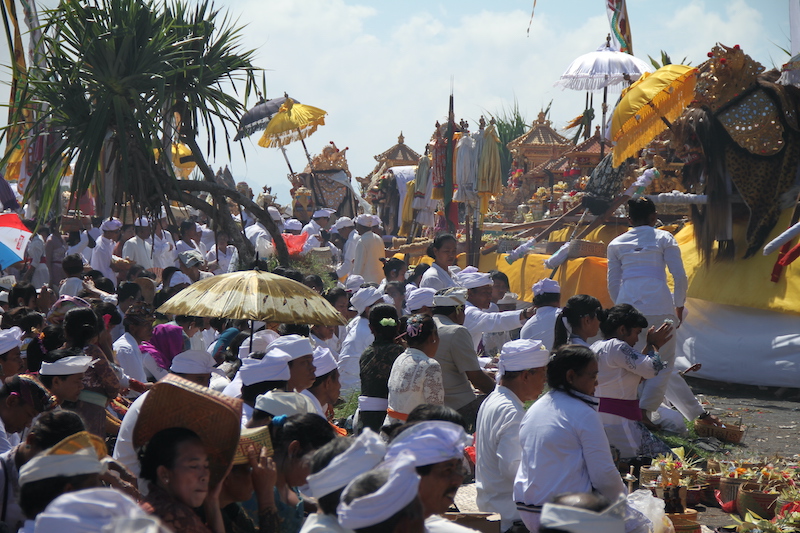Galungan and Kuningan Festivals Celebrating Dharma and Devotion in Bali
Galungan and Kuningan are two of the most significant festivals in Balinese Hinduism, celebrated every 210 days according to the Balinese calendar. These festivals symbolize the triumph of Dharma (truth) over Adharma (evil), thanks to the blessings of Sang Hyang Widhi Wasa, the Almighty God.
Significance of Galungan and Kuningan
Galungan marks the victory of good over evil and is a time for reflection, gratitude, and spiritual renewal. During this period, Balinese Hindus honor the Supreme Lord in all His manifestations. The festivals are not just about rituals but also about reaffirming one’s commitment to spiritual growth and purity.
Ceremonies and Rituals
The festivals are characterized by various ceremonies and rituals performed in temples and homes. Offerings such as tumpeng, banten kurenan, and bunjung are made to show devotion. During Galungan, worshippers visit sacred places, make offerings, and engage in acts of charity and self-purification. Kuningan, which follows Galungan, is a time to honor the spirits of ancestors and to make offerings of gratitude.
Personal and Communal Observances
Galungan and Kuningan are deeply personal and communal events. Each village adapts the celebrations to fit local traditions and conditions, reflecting the values of sincerity, purity, and devotion. The focus is not on opulence but on sincere devotion and the fulfillment of spiritual duties. The festivals are a time for self-reflection, family gatherings, and community activities that reinforce the principles of Dharma.
Practical Tips for Visitors
For those visiting Bali during these festivals, it is essential to approach with respect and an understanding of the local customs. Witnessing these celebrations offers a unique insight into Balinese spirituality and culture. Participating in or observing the rituals can be a profound experience, but it is important to be mindful of local practices and show reverence for the sacred nature of the events.
Know more about Heritage site near Ubud : Goa Gajah, Yeh Pulu, Tirta Empul, Gunung Kawi Tampaksiring, Gunung Kawi Sebatu, Pura Mengening, Goa Garba, Candi Tebing Tegallinggah.




